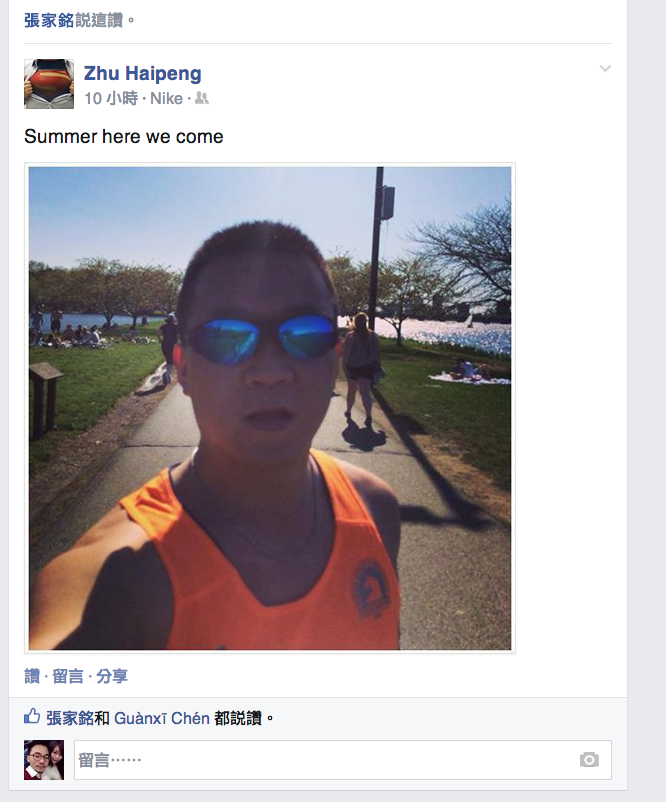If flowers from branches left.
I, if you open a branch from the same Lotus
If there is no meeting of the purity of the soil and yellow leaves
I hate you do not know,
the new spring in the heart of flowering cherry.
Unwilling to become dead tree
by bending in vain to maintain the space of wasted youth
If the red flowers smell fragrant
where red chicken is headed to shoulder the burden and all,
does not exist
I hope the shadow of my soul
is willing to give you your heart, you know?
I feel warm and cold,
it have became in the spring of my world while yours is winter.
花若離枝隨蓮去 擱開已經無同時
葉若落土隨黃去 擱發已經無同位
恨你不知阮心意 為著新櫻等春天
不願青春空枉費 白白屈守變枯枝
紅花無香味 香花亦無紅豔時 一肩擔雞雙頭啼
望你知影阮心意 願將魂魄交給你
世間冷暖情為貴 寒冬亦會變春天
If the flowers from opening branches Suilian to put the same time has no
If the soil with yellow leaves to put off the hair has no parity
Nguyen hate you do not know the mind of the new spring cherry etc.
Unwilling to bend in vain to keep youth wasted space becomes deadwood
When no smell fragrant saffron nor Hongyan shoulder all the burdens of chicken-headed crow
Hope you know shadow Nguyen soul willing to give your mind
Winter cold and warm affection for your world has become in the spring
如果從開設分行隨蓮把同時花無
如果黃葉土壤摘去頭髮無奇偶校驗
阮恨你不知道的新的春天櫻花等的心
不願白白地彎曲,以保持青春浪費的空間變得朽木
當沒有氣味香濃藏紅花,也不紅岩肩膀雞鴉為首的全部負擔
希望你知道影子阮靈魂願意給你的心
冬天的寒冷和溫暖的感情,你的世界已經成為彈簧
If you open a branch from the same time with the lotus flower without
If the yellow leaves soil pluck hair and no parity
Nguyen hate you do not know the heart of a new springtime cherry blossoms, etc.
Unwilling to bend in vain to keep the youth wasted space becomes deadwood
When there is no smell fragrant saffron, nor Hongyan shoulder the full burden of chicken crow headed
I hope you know that shadow Nguyen soul willing to give your heart
Winter cold and warm feelings, your world has become a spring
如果從同時打開一個分支,蓮花無
如果黃葉土壤採摘的頭髮,無奇偶校驗
阮恨你不知道的新的春天櫻花盛開的心臟等
不願白白地彎曲,以保持青春浪費的空間變得朽木
當沒有氣味香濃藏紅花,也不紅岩肩膀雞鴉的全部負擔為首
我希望你知道,影子阮靈魂願意給你的心臟
冬天的寒冷和溫暖的感覺,你的世界已經成為一個春天
如果從同時打開一個分枝無蓮花
如果黃葉土壤採摘的頭髮無奇偶相遇
阮恨你不知道的新的春天櫻花盛開的心臟
不願白白地彎曲,以保持青春浪費的空間變得朽木
當沒有氣味香濃豔紅花,紅岩肩膀雞鴉的全部為首來負擔
我希望你知道,我靈魂的影子願意給你的心臟
冬天的寒冷和溫暖的感覺,你的世界已經成為一個春天
If I open a branch from the same Lotus
If the soil picking hair yellow leaves no parity encounter
I hate you do not know the new spring cherry blossom heart
Unwilling to bend in vain to keep the youth wasted space becomes deadwood
When there is no smell fragrant red flowers, all of Red Rock chicken crow headed to shoulder the burden
I hope you know, the shadow of my soul willing to give your heart
Winter cold and warm feeling, your world has become a spring
If I open a branch from the same Lotus
If the soil with yellow leaves have no purity encounter
I hate you do not know the new spring with a cherry blossoming heart
Unwilling to bend in vain to keep the youth wasted space becomes deadwood
When there is the no smell fragrant red flowers, all of Red chicken headed to shoulder the burden
I hope you know, the shadow of my soul willing to give you your heart
Winter cold and warm feeling, your world has became my spring
私は、同じロータスから支店を開いた場合
黄色の葉と土には純度の出会いがない場合
私はあなたが桜の開花の心で新しい春を知らない嫌い
若者無駄なスペースを維持するために無駄に曲げて不本意では枯れ木になる
赤鶏がすべて重荷を肩に向かった臭い香りの赤い花が、存在しない場合には
私はあなたの心を与えるために私の魂の影が喜んで、あなたが知っている願っています
冬は寒さと暖かい感じ、あなたの世界は私の春になっています























